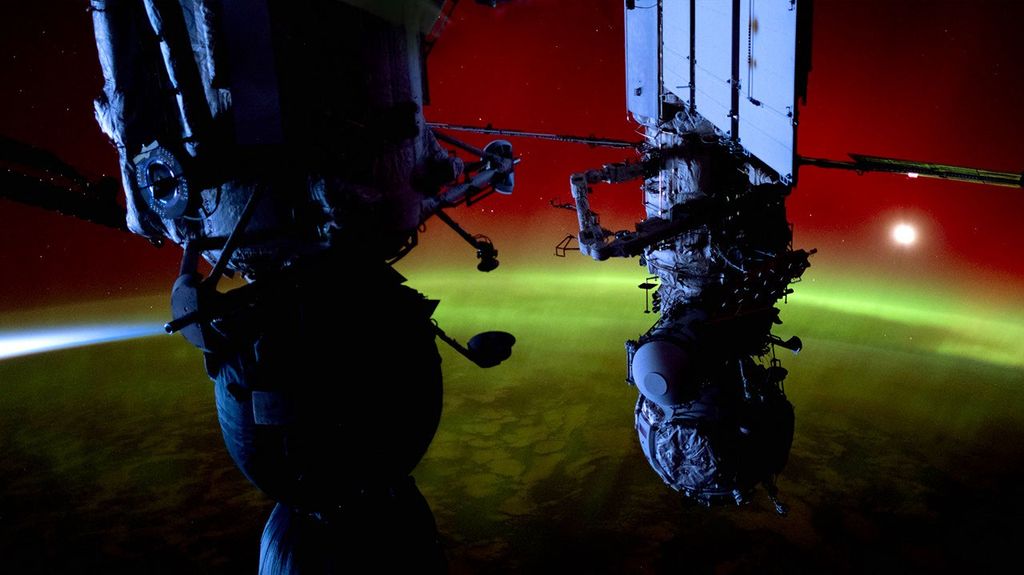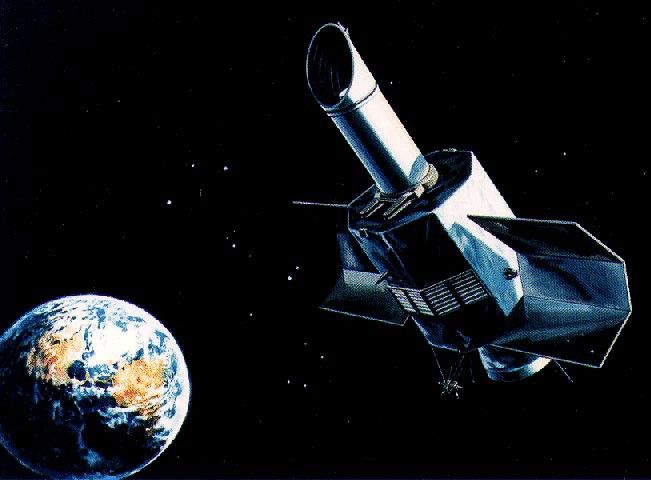Astronomer Laura Danly of the Space Telescope Science Institute (STScI) has taken a major step in solving a 3 year old mystery by measuring, for the first time, the distance to a high-velocity cloud of cool hydrogen gas.
The results show conclusively that the cloud, and presumably others like it, dwell in the "halo" of our Milky Way Galaxy, rather than being between galaxies or in our own stellar neighborhood. (The halo is a spherical region surrounding the spiral disk of our galaxy).
Danly, a Hubble Fellow at STScI, together with co-investigators C. Elise Albert of the United States Naval Academy and Kip D. Kuntz of STScI, announced their findings today at the meeting of the American Astronomical Society in Phoenix, Arizona. The observations were made with both the National Radio Astronomy Observatory in Greenbank, Virginia, and with NASA's International Ultraviolet Explorer.
Danly reported that the cloud's distance, estimated to be between 5,000 and 14,000 light years from Earth, can be used to calculate the cloud's mass as between 2,600 and 22,000 times the mass our sun.
High velocity clouds were first discovered in 1963. "Since then, their nature and origin have remained completely unknown, "said Danly. Such clouds are found all over the sky, often in large agglomerations the width of the Big Dipper, or greater. They are puzzling because they are moving faster than would be expected just from our galaxy's rotation.
Earlier theories have suggested high-velocity clouds are either much farther or closer than Danly discovered. They have been explained as immense gas clouds between galaxies (some possibly associated with galaxies too faint to see) or alternatively, rapidly expanding gas shells from supernova explosions within the disk of our galaxy.
However, without any reliable distance measurement, fundamental quantities have not been known about the clouds such as their mass and kinetic energy, according to Danly.
There were no direct measurements of the distances to high-velocity clouds before Danly's observations. The clouds have only been seen previously in the emission of neutral hydrogen (2l- cm) which could arise anywhere along the line of sight.
Previously detected absorption line features, seen when a cloud lies in front of a more distant object and filters some light, have not given distance information because most background sources, such as quasars, are very far away, she explained.
Danly found that a high velocity cloud complex called M, lies between a pair of stars in the Milky Way's halo. This provides an upper and lower limit for its distance.
One halo star, BD+382182, is approximately 14,000 light-years away and the other, HD 93521, is nearly 5,000 light years away. The stars are only 27 arc minutes apart in angular separation (about the width of the full moon) which places them within the cloud's angular diameter (as determined by previous measurements).
Danly's observations find the cloud's spectral "fingerprint" on the more distant star only meaning that the nearer star is closer than the cloud. This result places the cloud between 5,000 and 14,000 light-years away.
Where did the cloud come from? "It is not pristine. In the past the gas cloud was probably part of a galaxy's star forming region," said Danly. "The cloud was detected in spectral lines from heavy atoms such as oxygen, silicon and carbon. These elements were processed inside ancient stars."
The cloud is falling toward us at 200,000 miles per hour and will eventually crash into the plane of our galaxy, if nothing acts to slow it down," she said.


























